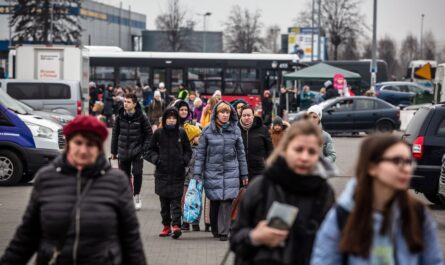Seniors with vision issues face a significantly higher risk of dangerous falls, according to a recent study. The research, published in the journal JAMA Ophthalmology, found that compared to seniors with good vision, those with glaucoma had a 38% higher risk of falling, while those with cataracts had a 36% higher risk, and seniors with age-related macular degeneration (AMD) had a 25% higher risk.
Falls are a major concern for the elderly population, with over 650,000 people losing their lives to falls worldwide each year. In the United States alone, falls result in medical costs of over $23 billion annually. The study aimed to quantify the increased risk of falls associated with impaired vision in seniors.
The researchers analyzed data from a national British database, focusing on over 410,000 participants in their 70s. In addition to the increased risk of falls, the study also found a higher risk of bone fractures among seniors with vision ailments. Compared to their peers with good vision, those with glaucoma had a 31% higher risk of fractures, while those with cataracts had a 28% increased risk, and individuals with AMD faced an 18% higher risk.
The injuries included fractures in various parts of the body, such as the hip, spine, forearm, skull or facial bones, pelvis, ribs or sternum, and lower legs. While impaired vision contributes to the risk of these injuries, the study highlighted that the majority of these eye diseases are preventable or treatable.
The researchers stressed the importance of regular eye exams for seniors, as many eye diseases are asymptomatic in their early stages, making it difficult for patients to recognize visual impairments. Early diagnosis and treatment can help prevent or manage these conditions.
In addition to receiving proper medical care for vision issues, seniors with glaucoma, cataracts, or AMD may also benefit from improved advice, access, and referrals to falls prevention services. By identifying and addressing these risk factors, it may be possible to reduce the incidence of falls and subsequent injuries among the elderly population.
The study serves as a reminder of the importance of prioritizing seniors’ eye health. By raising awareness about the link between vision issues and falls, healthcare providers can help seniors take proactive steps to protect their well-being. Regular eye exams, early intervention, and falls prevention strategies are essential in mitigating the risks associated with impaired vision in the elderly.
*Note:
1. Source: Coherent Market Insights, Public sources, Desk research
2. We have leveraged AI tools to mine information and compile it



